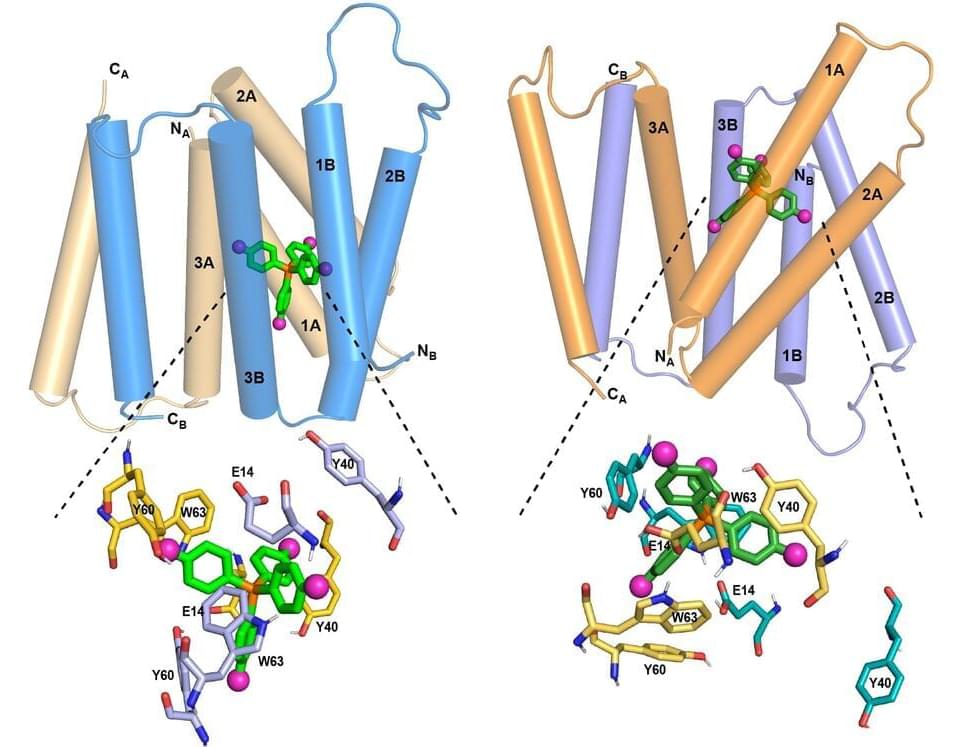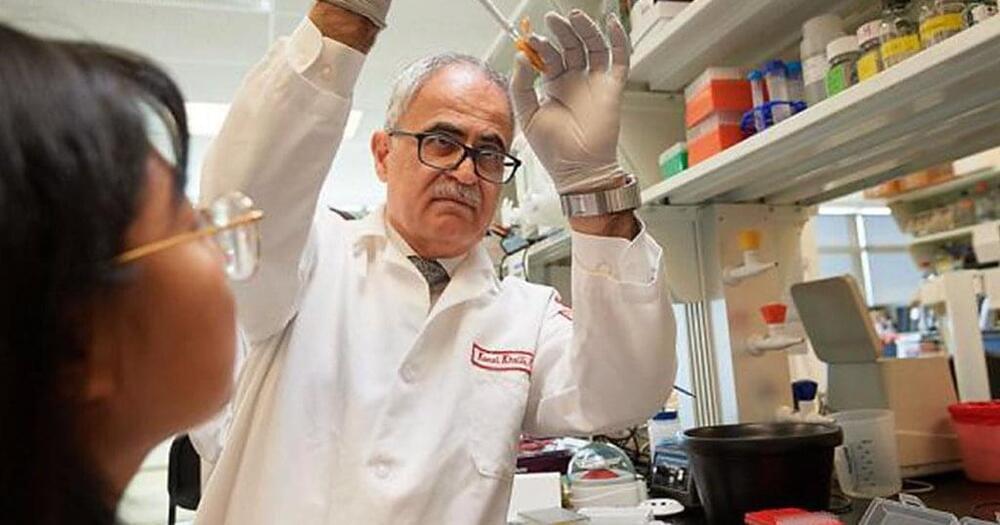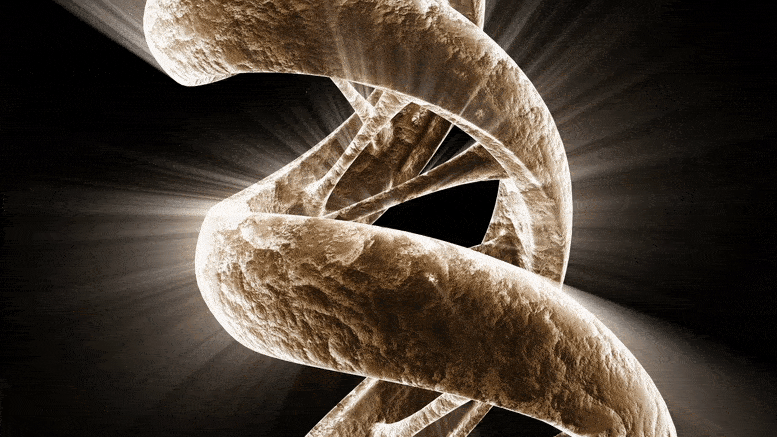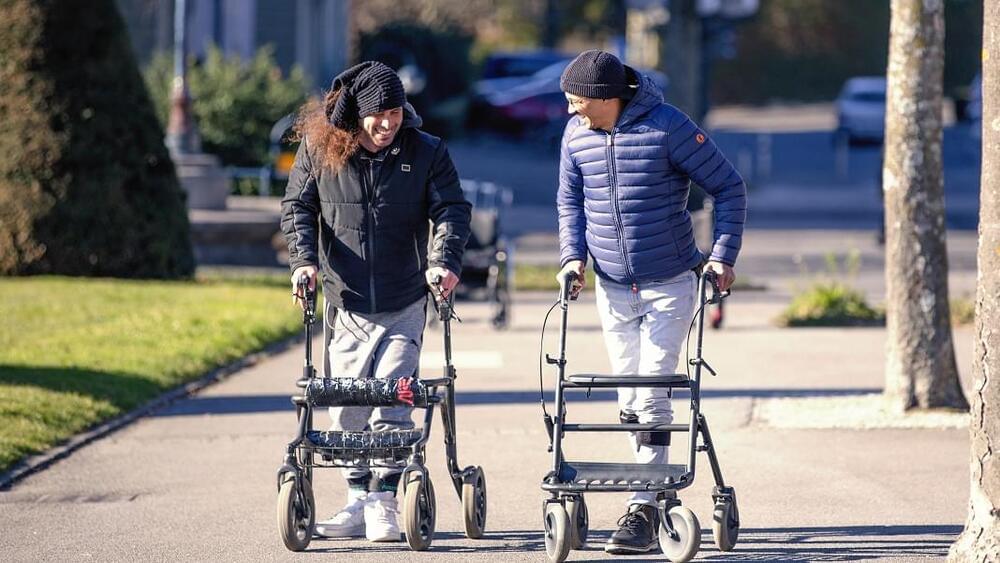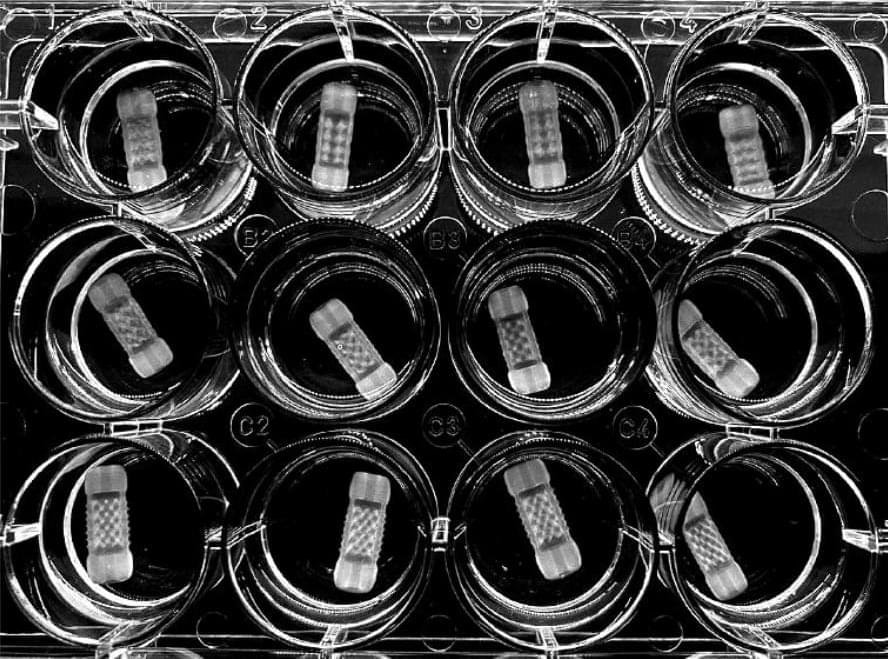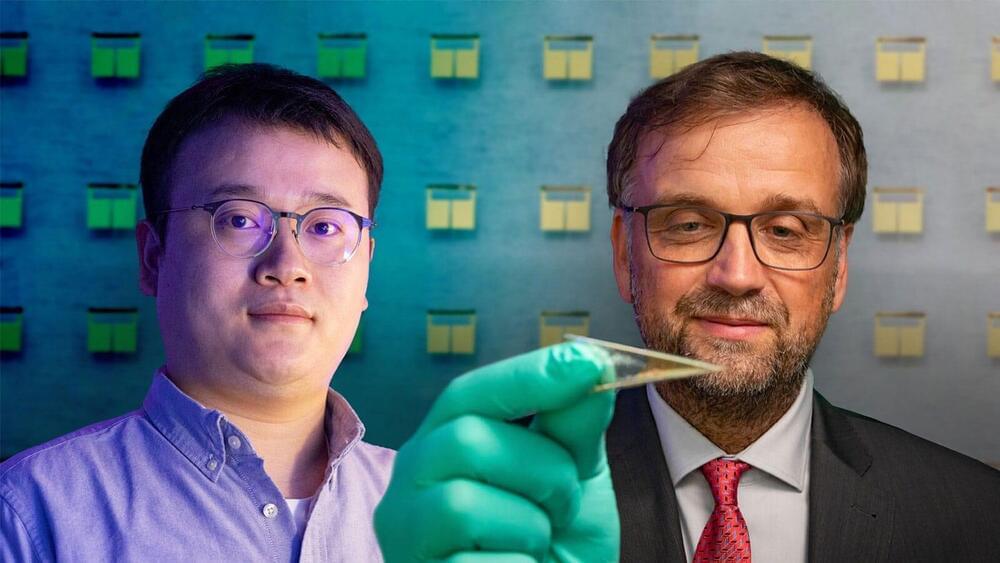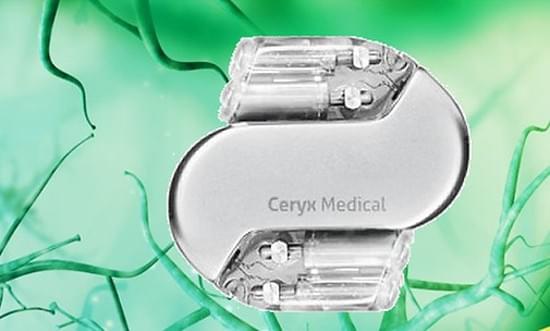MIT chemists have discovered how the structure of the EmrE transporter changes as a compound moves through it. At left is the transporter structure at high pH. As the pH drops (right), the helices begin to tilt so that the channel is more open toward the outside of the cell, guiding the compound out. Credit: Courtesy of the researchers.
A new study sheds light on how a protein pumps toxic molecules out of bacterial cells.
MIT chemists have discovered the structure of a protein that can pump toxic molecules out of bacterial cells. Proteins similar to this one, which is found in E. coli, are believed to help bacteria become resistant to multiple antibiotics.
